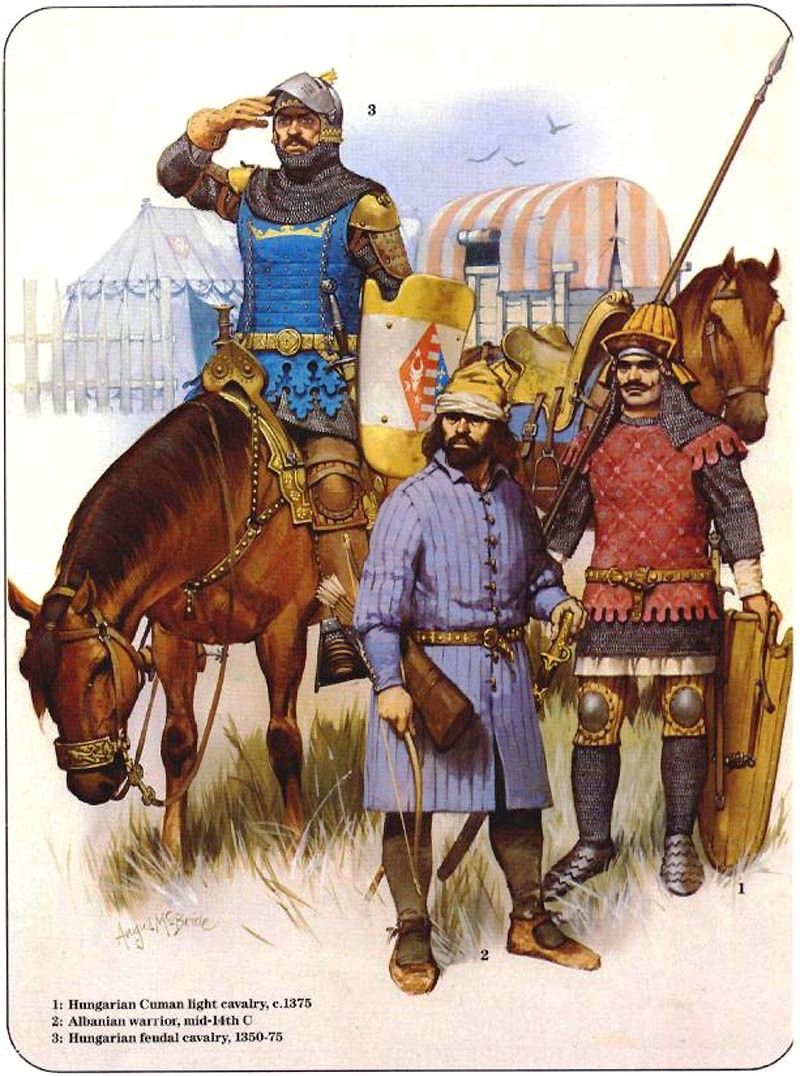
Angevins
HungaryCharles I introduced a centralized power structure in the 1320s. Stating that "his words has the force of law", he never again convoked the Diet.[47] Charles I reformed the system of royal revenues and monopolies. For instance, he imposed the "thirtieth" (a tax on goods transferred through the kingdom's frontiers),[48] and authorized landholders to retain one third of the income from mines opened in their estates.[49] The new mines produced around 2,250 kilograms (4,960 lb) of gold and 9,000 kilograms (20,000 lb) of silver annually, which made up more than 30 percent of the world's production up until the Spanish conquest of the Americas in the 1490s.[48] Charles I also ordered the minting of stable golden coins modelled on the florin of Florence.[50] His ban on trading with uncoined gold produced shortage in the European market which lasted until his death in 1342.[51]
Louis I who was heir presumptive to Casimir III of Poland assisted the Poles several times against Lithuania and the Golden Horde.[52] Along the southern frontiers, Louis I compelled the Venetians to withdraw from Dalmatia in 1358[53] and forced a number of local rulers (including Tvrtko I of Bosnia, and Lazar of Serbia) to accept his suzerainty. Religious fanaticism is one of the featuring element of Louis I's reign.[54] He attempted, without success, to convert many of his Orthodox subjects to Catholicism by force.[55] He expelled the Jews around 1360, but allowed them to return in 1367.[56]
